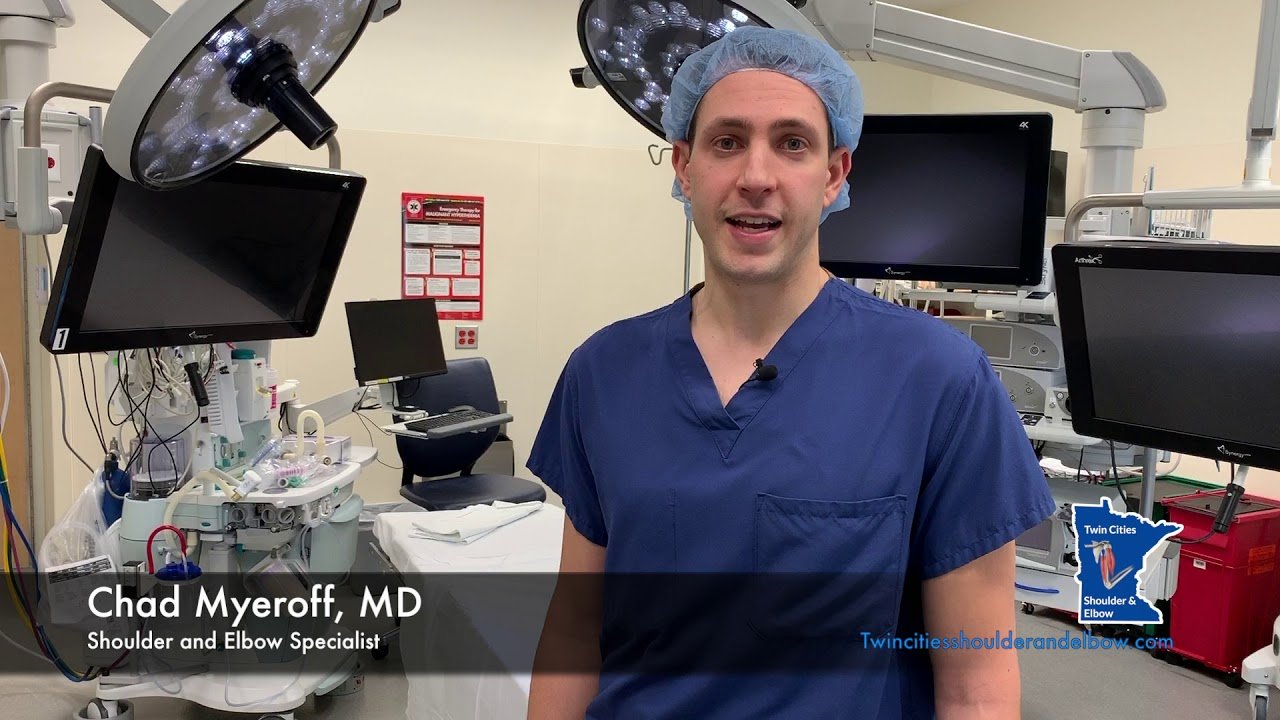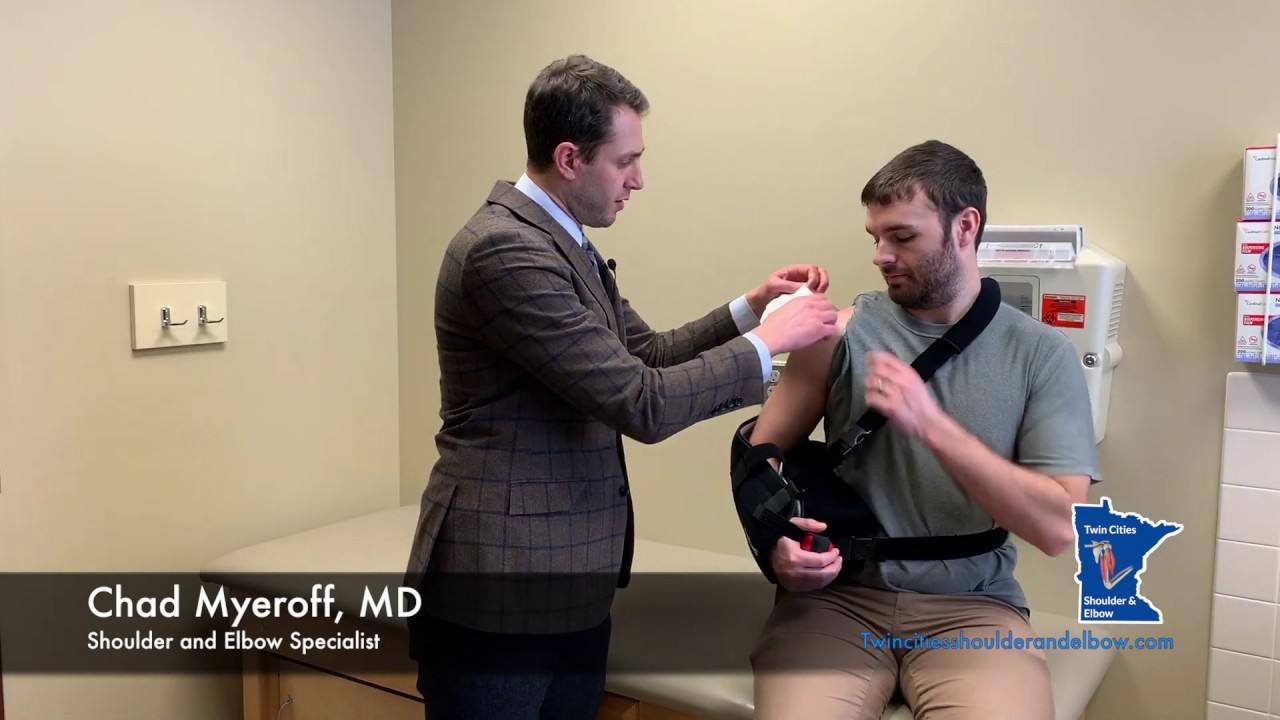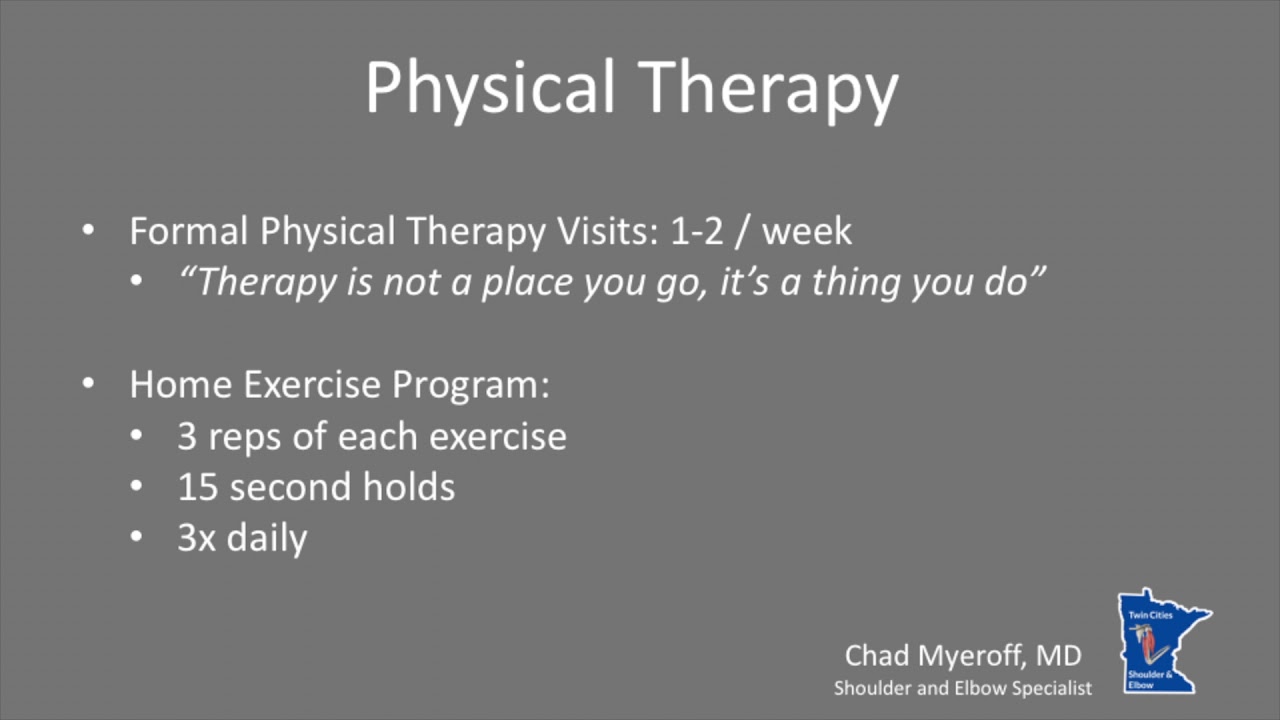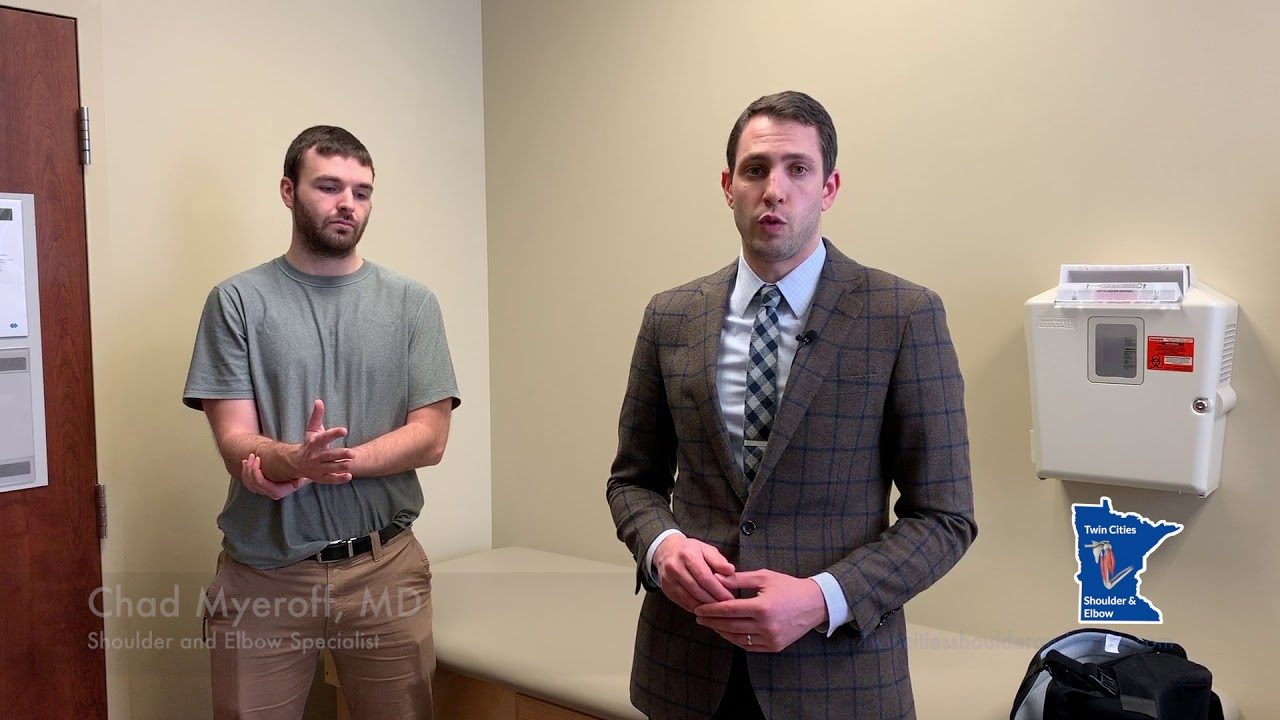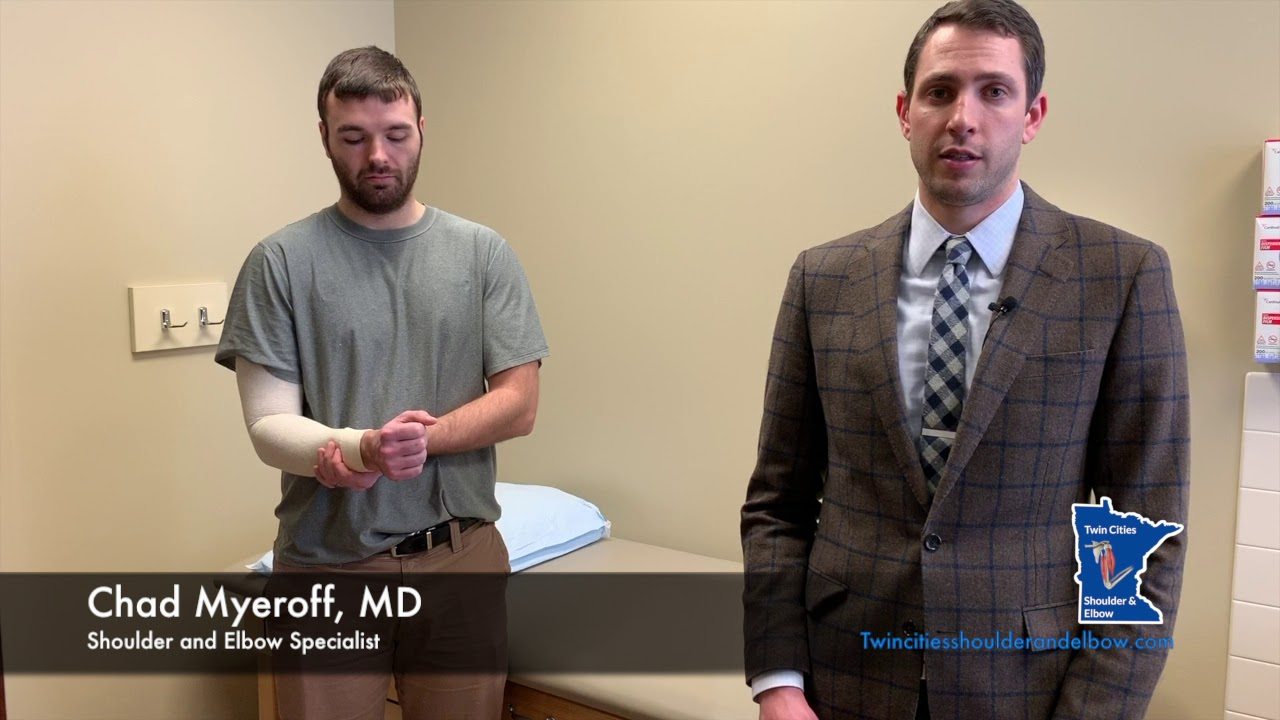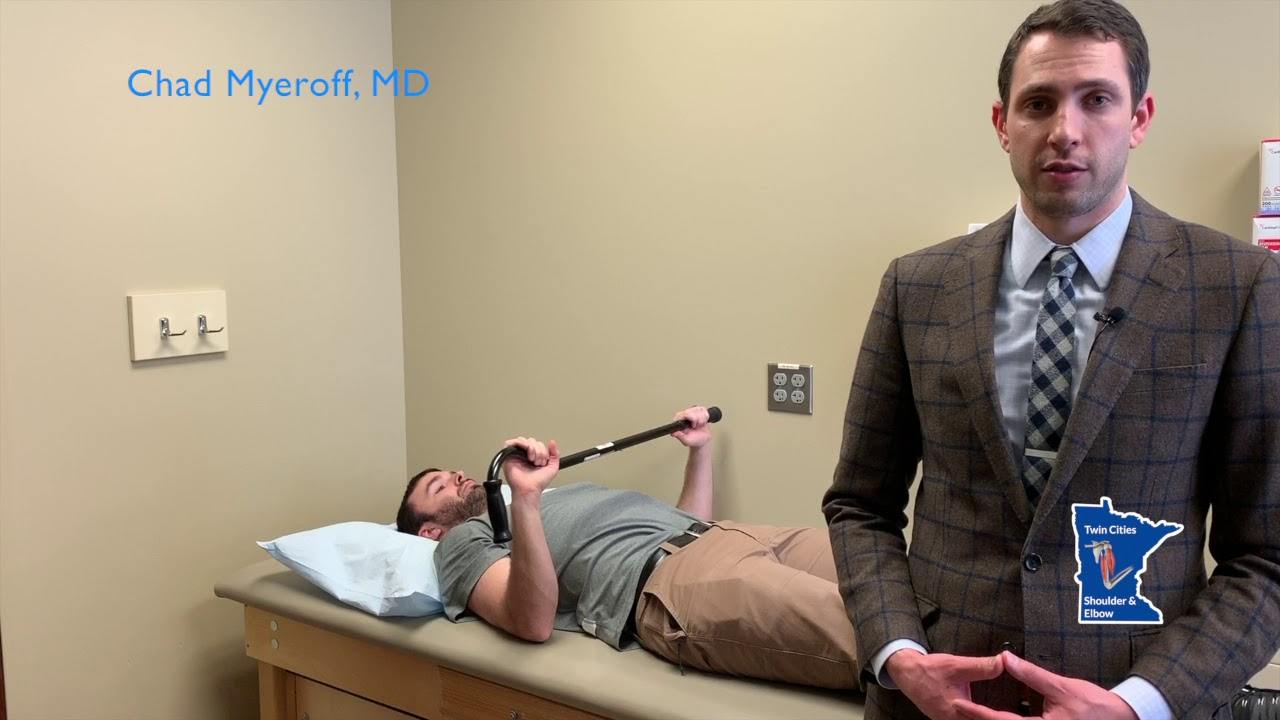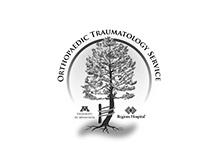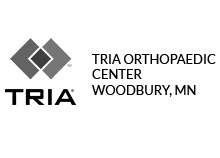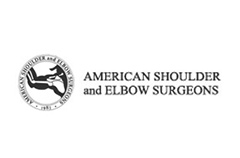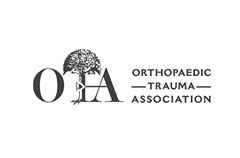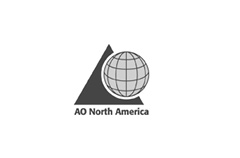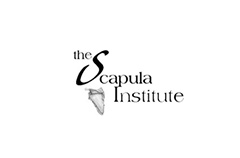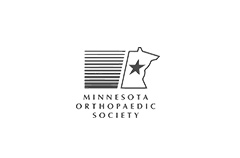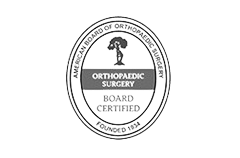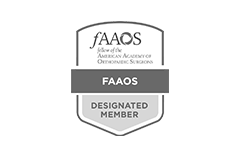Acromioclavicular Dislocations
- Diagnosis
- Non-operative Options
- Operative Options
- Before Your Surgery
- After Your Surgery
- Your Rehab
Acromioclavicular joint (AC joint) dislocation or shoulder separation is one of the most common injuries of the upper arm. It involves separation of the AC joint and injury to the ligaments that support the joint. The AC joint forms where the clavicle (collarbone) meets the shoulder blade (acromion).
Causes of Acromioclavicular Dislocation
It commonly occurs in athletic young patients and results from a fall directly onto the point of the shoulder. A mild shoulder separation is said to have occurred when there is AC ligament sprain that does not displace the collarbone. In a more serious injury, the AC ligament tears and the coracoclavicular (CC) ligament sprains or tears slightly causing misalignment in the collarbone. In the most severe shoulder separation injury, both the AC and CC ligaments get torn and the AC joint is completely out of its position.
Symptoms of Acromioclavicular Dislocation
Symptoms of acromioclavicular dislocation may include shoulder pain, bruising or swelling, and limited shoulder movement.
Diagnosis of Acromioclavicular Dislocation
The diagnosis of shoulder separation is made through a medical history, a physical examination, and an X-ray.
Conservative treatment options include rest, cold packs, medications and physical therapy.
Surgery may be an option if pain persists or if you have a severe separation.
Anatomic Reconstruction
Of late, research has been focused on improving surgical techniques used to reconstruct the severely separated AC joint. The novel reconstruction technique that has been designed to reconstruct the AC joint in an anatomic manner is known as anatomic reconstruction. Anatomic reconstruction of the AC joint ensures static and safe fixation and stable joint functions. Nevertheless, a functional reconstruction is attempted through reconstruction of the ligaments. This technique is done through an arthroscopically assisted procedure. A small open incision will be made to place the graft.
This surgery involves replacement of the torn CC ligaments by utilizing allograft tissue. The graft tissue is placed at the precise location where the ligaments have torn and fixed using bio-compatible screws. The new ligaments gradually heal and help restore the normal anatomy of the shoulder.
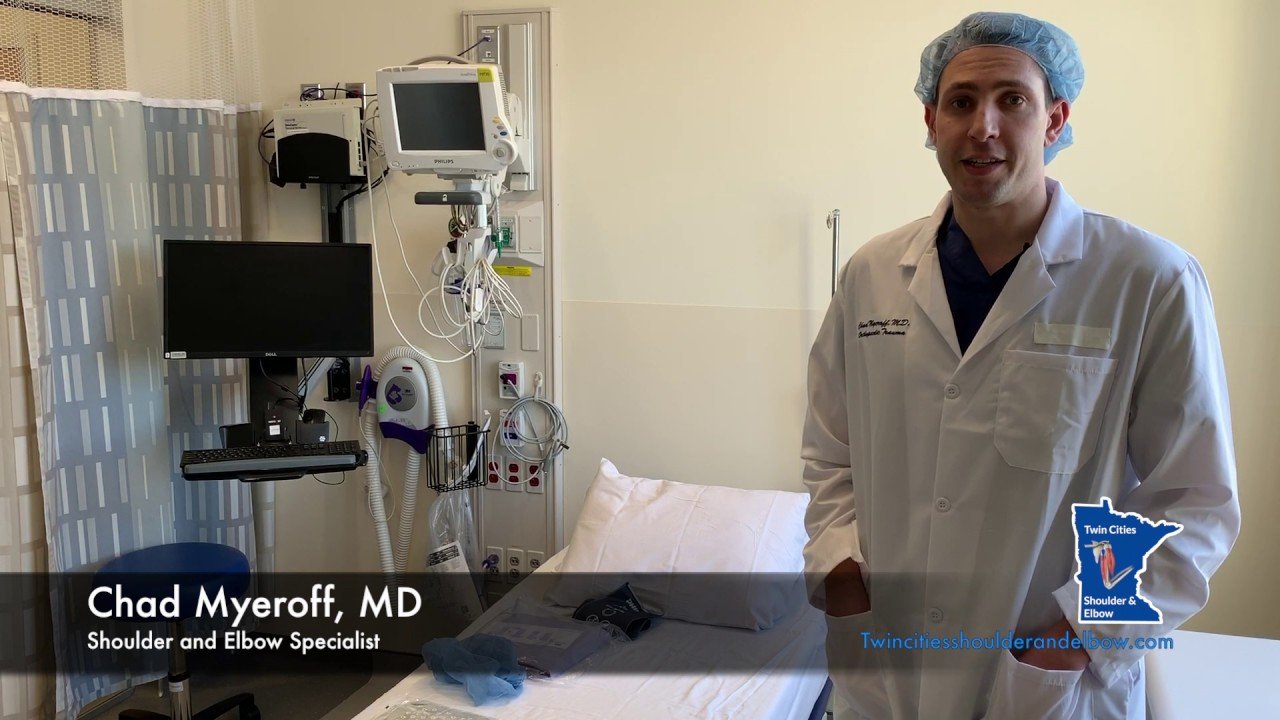
Once you and your doctor decide that surgery will help you, you will need to learn what to expect from the surgery and how to actively participate in the treatment plan for the best results afterward.
Preparing mentally and physically for surgery is an important step toward a successful result. Understanding the process, and your role in it, will help you recover more quickly and have fewer problems.
Before surgery, your doctor will perform a complete physical examination to make sure you don’t have any conditions that could interfere with the surgery or the outcomes.
- Routine tests, such as blood tests and X-rays may be performed.
- Discuss any medications you are taking with your doctor as you may have to stop or alter your intake before surgery. If you are taking aspirin or anti-inflammatory medications or any drugs that increase the risk of bleeding, you will need to stop taking them one week before surgery to minimize bleeding.
- Discuss with your doctor about preparing for potential blood replacement, medical interventions and other treatments prior to surgery.
- Report any infections to your surgeon. Surgery cannot be performed until all infections have cleared up.
- If you smoke, you should stop or cut down as smoking interferes with wound healing and can affect your recovery.
- Have someone available to take you home, as driving is not recommended for at least 24 hours or as advised.
- You may need help with everyday tasks such as cooking, shopping and laundry.
- Put items that you use often within easy reach, so you won’t have to stretch and bend as often.
- After Surgery Video
- Shoulder Surgery Recovery Video
Want to know more?
- Physical Therapy Intro Video
- Finger ROM Video
- Standard Elbow ROM Video
- Shoulder ROM Video
Post-operative rehabilitation includes use of a shoulder sling for 6 weeks following which physical therapy exercises should be done for 3 months. This helps restore movements and improve strength. You may return to sports only after 5-6 months after surgery.


